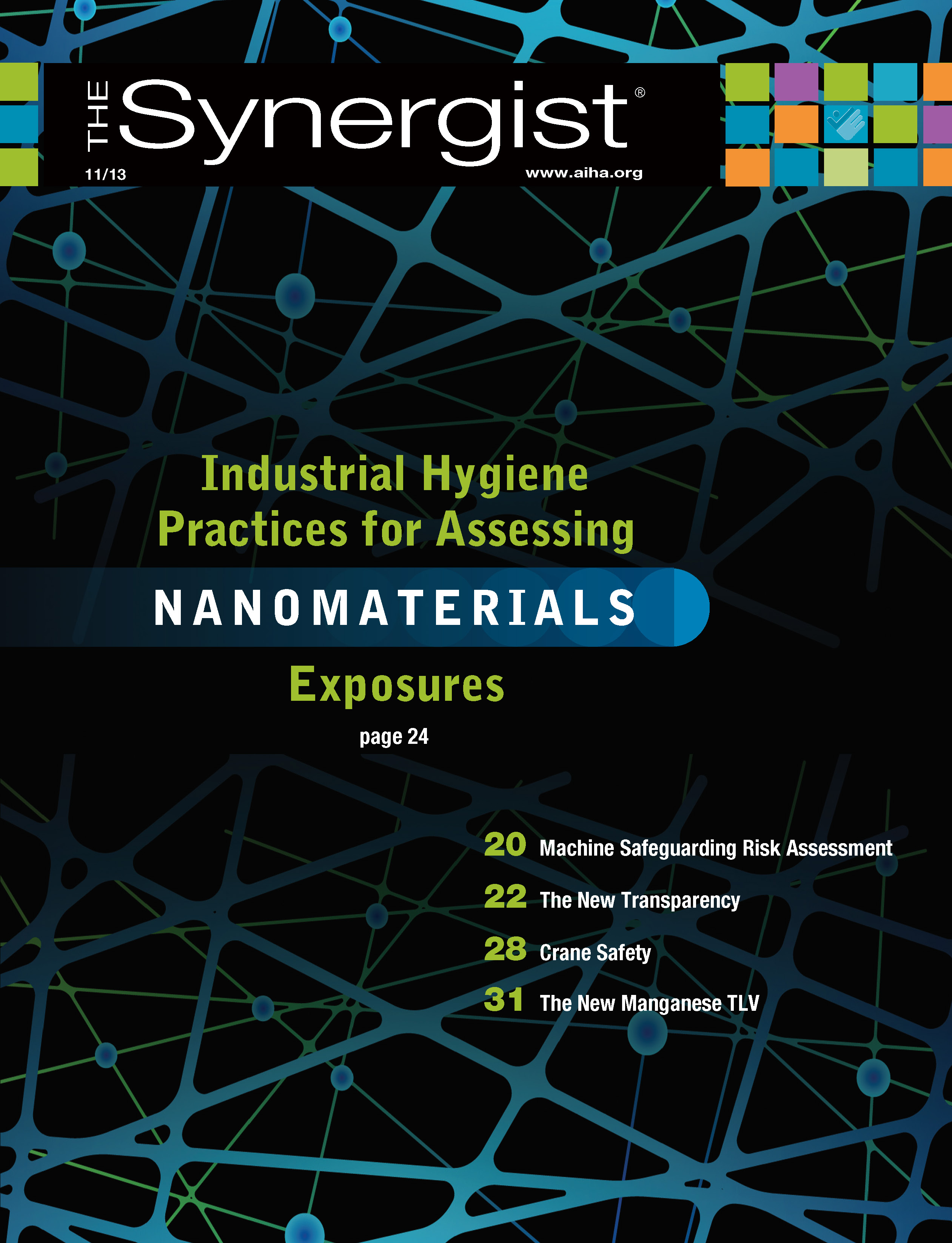Will Cultural Trends Lead to Greater Influence for Industrial Hygienists?
Traditionally, much of industrial hygiene practice is based on observing how things are made and what happens to people who are making them, and then promoting better ways to do the work. As consultants in manufacturing plants or as in-house specialists, we have functioned as the bridge between the plant floor and the front office, showing, for example, whether the engineers solved the dust/vapor problem or not.
Our field arose primarily from the medical profession. Visionary professionals such as Dr. Alice Hamilton puzzled over the illnesses of workers and built the foundation of industrial hygiene by connecting the dots between observed illnesses and what their patients did for a living. The IH practitioners who came after the founders applied the basic tenets of our profession (anticipation, recognition, evaluation, and control) to safeguard the health of workers and the general public.
Today, however, we are at a crossroads, where it could be said that we have failed to achieve the larger goal: helping to reformulate how things are made. The contemporary workplace that must be evaluated and controlled is complex, intricate, and geographically dispersed. Other factors affecting our work are the global supply chain and rising expectations of an expanded worldwide middle class coupled with the race to the bottom in cost to consumer.
Our failure to effectively channel commerce toward an inherently safer path is in large degree due to the overwhelming promise of functionality and value delivered by innovations in chemistry, which are widely recognized to be of great benefit to society. In today’s world, technologically advanced materials—used in every aspect of our lives, including buildings—are very compelling and difficult to refrain from using. The allure of material goods has blinded the public from considering how things are made: if it’s legal to buy, it’s safe to use, or so the thinking goes. Similarly, in the world of green building, architects have generally relied on the manufacturer’s local sales representative for advice on suitable building products, and refrained from asking to see safety data sheets.










